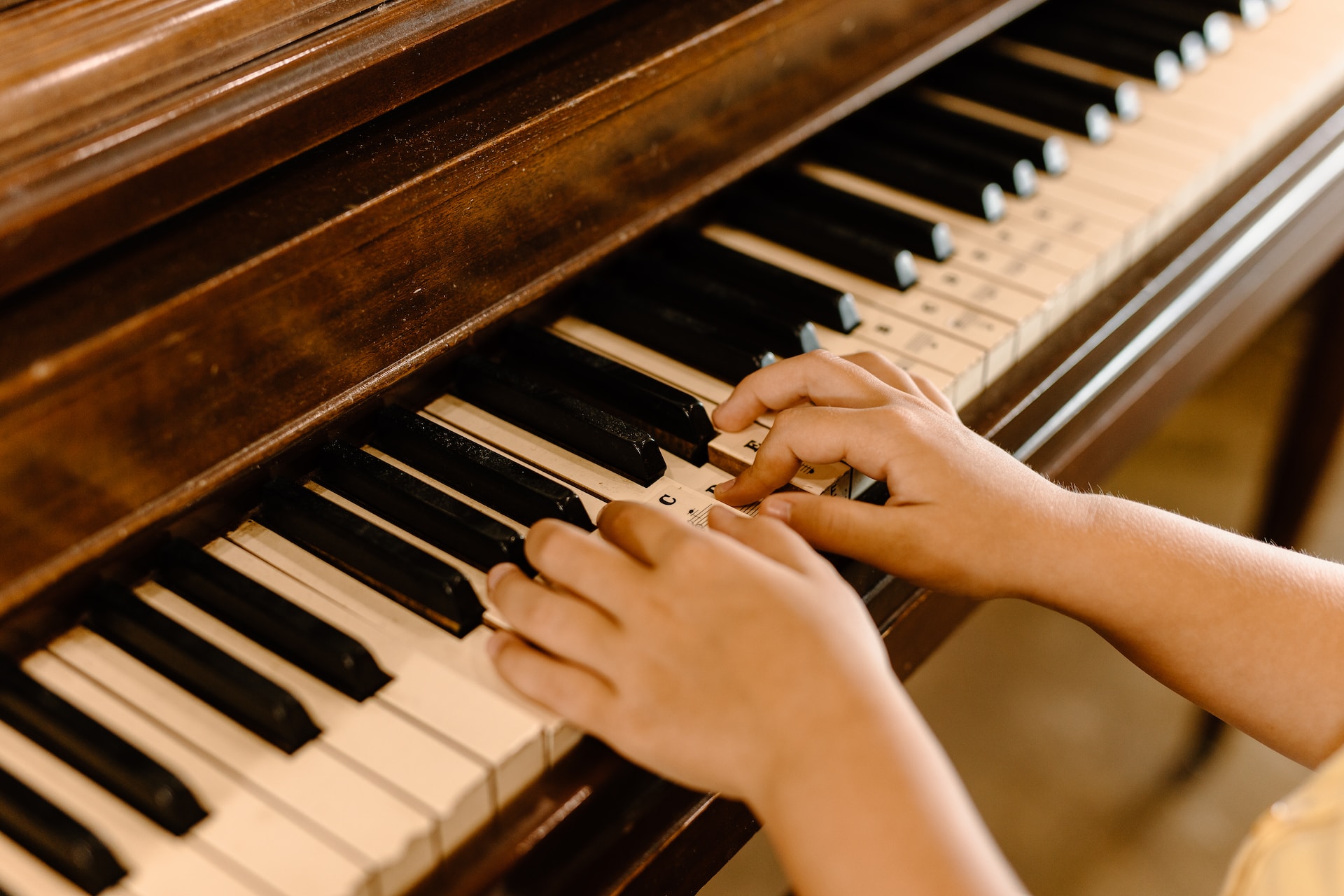Relocating a piano is no small task. Due to their size, weight, and fragility, pianos require special attention and expertise when being moved. Whether it’s a stately grand piano or a compact upright, moving this instrument can be challenging. To ensure a smooth relocation, here are six essential tips from expert piano movers.
1. Prepare the Piano for Moving
The first step in moving a piano is preparation. This involves several key tasks:
- Lock the Keyboard Lid: Ensure the keyboard lid is closed and locked to prevent it from opening during the move. This protects the keys and internal mechanisms.
- Secure Moving Parts: Wrap the piano parts that could move or open during transport. Use padding to protect the music stand, pedals, and legs.
- Cover the Piano: Use specialized piano covers or moving blankets to protect the piano’s surface from scratches and dents. Secure these covers with moving straps or heavy-duty tape, but ensure the tape does not contact the piano’s finish directly.
2. Gather the Right Equipment
Using the correct equipment is vital for safely moving a piano. The tools typically used by professionals include:
- Piano Dolly: A sturdy dolly designed specifically for moving pianos is crucial, especially for grand pianos, which must be carefully balanced.
- Skid Board: For grand pianos, a skid board is used to transport the instrument on its side.
- Straps and Padding: Heavy-duty straps to secure the piano during transport, and plenty of padding to protect it.
- Ramp: Use a loading ramp to move the piano into the moving truck to avoid lifting it, which reduces the risk of injury or damage.
3. Use Proper Lifting Techniques
Pianos are not only bulky but also unevenly weighted, which makes them particularly tricky to handle. Here are some guidelines for lifting and moving:
- Teamwork: Never attempt to move a piano alone. Always have a team, ideally professionals who understand how to navigate the weight and size of a piano.
- Lifting: Lift from the knees with a straight back to avoid injuries. Each person should have a clear understanding of their role and which part of the piano they are responsible for.
- Communication: Constant communication is key during the lifting and moving process to coordinate efforts and prevent accidents.
4. Plan Your Route
Before moving the piano, plan and clear the route:
- Measure Doorways and Staircases: Ensure the piano will fit through all doors, hallways, and staircases along the route.
- Remove Obstacles: Clear the path of rugs, decor, and other hazards that could impede movement or cause tripping.
- Consider the Flooring: Protect the flooring with sheets of plywood or Masonite to distribute the weight more evenly, especially in homes with soft wood floors or tiles.
5. Transportation
Transporting the piano safely to its new location is critical:
- Secure Placement: Position the piano in the moving truck so that it will not move during transport. This often means placing it against the back wall of the truck and securing it with straps.
- Climate Control: If possible, use a climate-controlled truck, especially when moving in extreme temperatures or conditions that could affect the piano’s wood and internal mechanisms.
- Drive Carefully: The driver should take corners and brakes gently to avoid jostling the piano excessively.
6. Professional Tuning After the Move
Once the piano is in its new location, it’s important to have it tuned by a professional:
- Acclimatization: Allow the piano to acclimatize to its new environment for a few weeks before tuning.
- Professional Assessment: Have a professional piano tuner assess any changes in sound or functionality and perform the necessary adjustments.
Moving a piano involves more than physical labor—it requires meticulous planning and precision. By following these six tips from expert piano movers, you can ensure that your piano arrives at its new home safely, ready to fill the space with music once again. Whether you’re relocating a family heirloom or a concert grand, these steps will help protect your valuable instrument during the transition. For more detailed insight, consider the advice and services from expert “klaviertransport” specialists.









